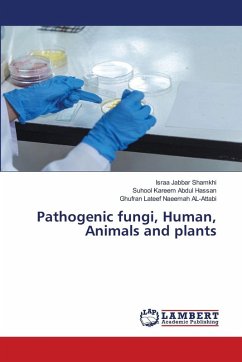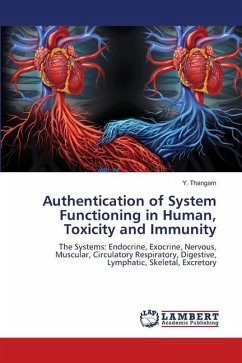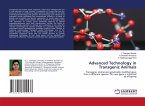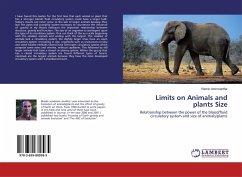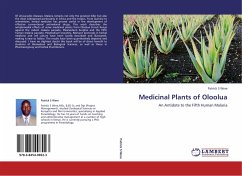Pathogens are bacteria, viruses, nematodes, and fungi. Insects, like humans and plants, can be infected with pathogens that cause diseases. Insect pathogens generally kill, reduce reproduction, slow the growth, or shorten the life of a pest insect. Unlike chemical insecticides, microbial insecticides usually take longer to kill or weaken the target pest. But under certain conditions, such as high humidity or high pest populations, these pathogens can cause disease outbreaks that decimate an insect population. Pathogens are most effective when pest populations are very high. Pathogens are difficult to manage because their presence and effectiveness strongly depends on factors like moderate temperature and high humidity. Fungi have developed a plethora of strategies to colonize plants, and these interactions result in a broad spectrum of outcomes ranging from beneficial interactions to death of the host. With respect to plant pathogens, fungi represent probably the most diverse group of ecologically and economically relevant threats. Fungal plant pathogen species are primarily in the phyla Ascomycota and Basidiomycota.
Bitte wählen Sie Ihr Anliegen aus.
Rechnungen
Retourenschein anfordern
Bestellstatus
Storno

